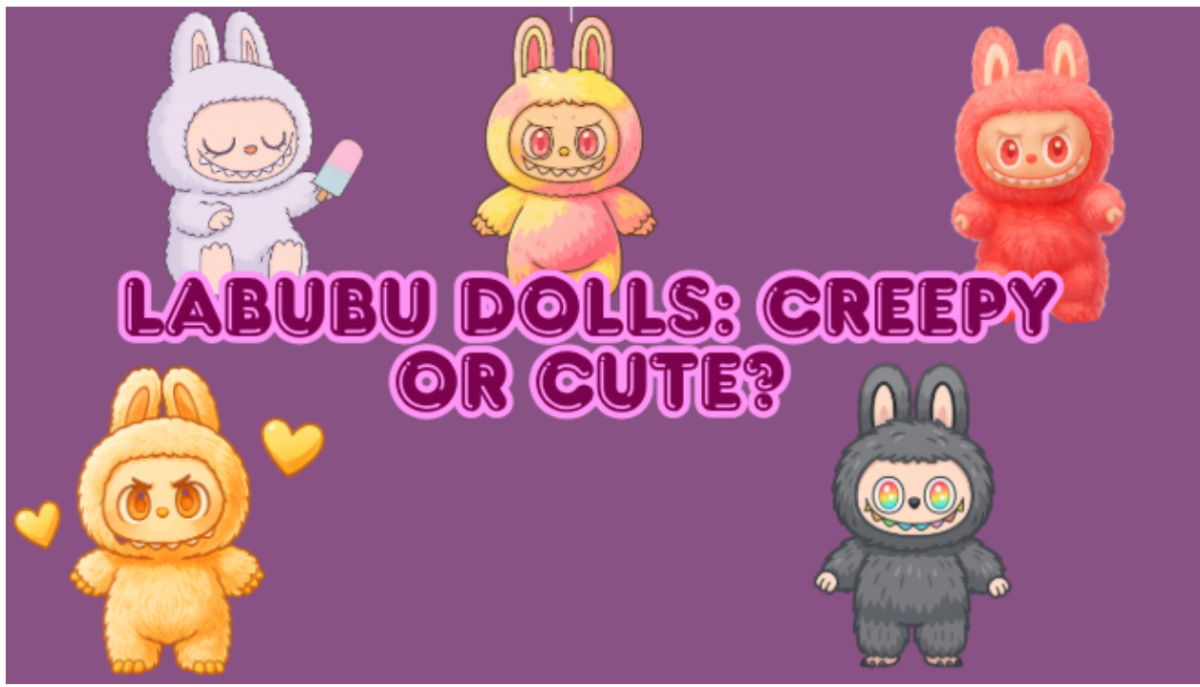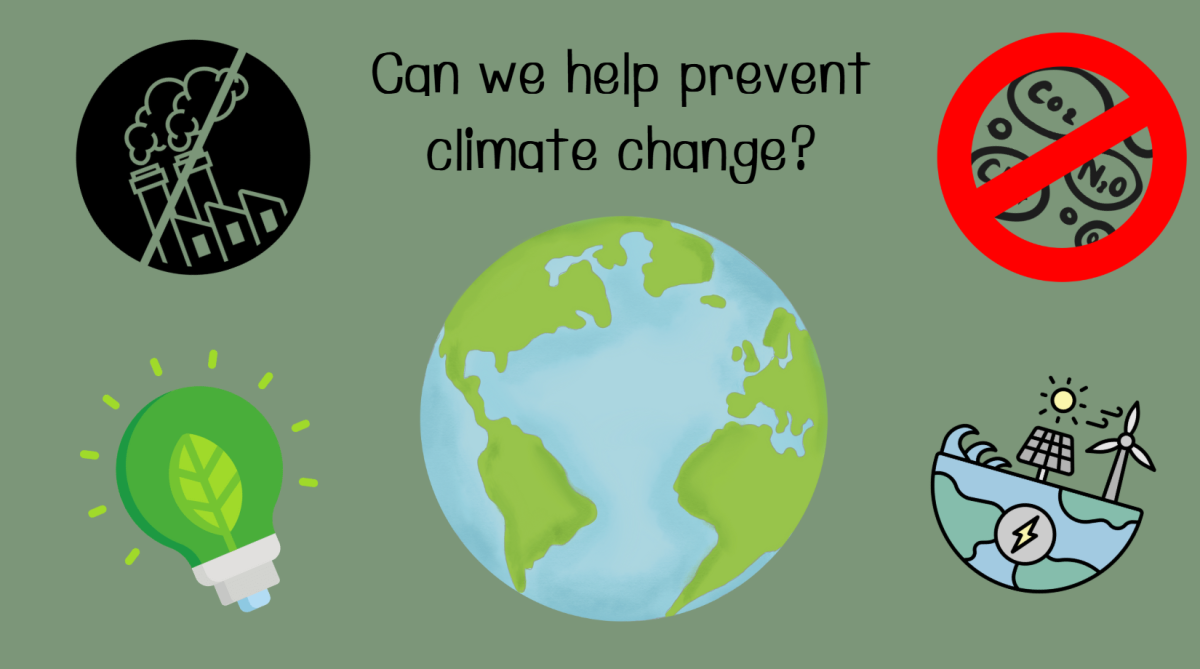Beneath the shiny surface of Shein’s trendy, budget-friendly clothing lies a much darker reality. While millions of consumers fill their carts with the latest fashion must-haves, few are aware of the hidden human cost behind these bargain prices. As the demand for fast fashion surges, so too does the exploitation of vulnerable workers, mostly children, in factories around the world. This is the true cost of cheap fashion — and it’s time to pull back the curtain on Shein’s disturbing practices.
What is Shein?:
Shein is a fast fashion company that sells clothes and other products for incredibly low prices. It has been gaining popularity. As of October 2023, Shein is the second most downloaded shopping app in the U.S.
A report from the House Select Committee on the Chinese Communist Party estimated that Shein accounted for more than 30 percent of all packages (valued under $800) that came into the U.S. in 2022.
The Rise of Shein in Fast Fashion:
You may be familiar with the term “fast fashion.” Usually, collections would be seasonal, like a fall collection and a spring collection, but now brands like H&M, Zara, and Gap have popularized 52 micro seasons a year, which are new trends every week. Micro seams are one or more new collections of clothes/items being released every week. These brands prioritize quantity and speed often ignoring the needs of their workers and the planet.
Fast fashion has received criticism over the past decade about its large contributuon to overconsumption, labor, environmental violations, and unethical manipulation of consumers. But Shein is different, experts feel they can’t qualify Shein as fast fashion and have made a new term — ultra-fast fashion — for Shein’s accelerating pace.
In an examination The Guardian made in April of 2022, they found that H&M had added 4,414 new styles to its U.S. site while Shein had added 315,000 new pieces.
Allegations of Child Labor and 75 Hour Work Week:
Despite Shein’s promises to address labor abuses, a recent report by Public Eye reveals persistent problems. Workers in Shein’s supplier factories in Guangzhou are still facing 75-hour workweeks, contradicting the company’s commitment to limiting hours. Workers report working 12-hour days with minimal time off, earning wages far below the living wage after overtime deductions. “I work every day from 8 in the morning to 10.30 at night and take one day off each month. I can’t afford any more days off because it costs too much,” an anonymous Shein worker said. bbc.com
Additionally, concerns about child labor have emerged, with reports of young workers, around 14 or 15 years old, performing tasks in these factories. Shein denies these allegations and claims any violations would lead to immediate termination of supplier relationships. “We strictly do not tolerate child labor. We treat any violations with utmost severity,” said a Shein spokesperson on an interview with Public Eye
While Shein has invested $15 million to improve conditions and reports higher than minimum wages, these issues highlight ongoing gaps between the company’s assurances and the reality in its supply chain.

Consumer Responsibility and Awareness:
As consumers, we play a crucial role in the fast fashion cycle, often prioritizing low prices and convenience over ethical considerations. The lure of trendy, affordable clothing leads to many to overlook and completely ignore the impact of their purchases on the workers and environments behind the scenes.
By opting for brands like Shein, consumers may unknowingly support exploitative labor practices and environmental degradation. But there is hope, as more and more people begin to open their eyes to the problems of fast fashion, many influences have started stepping away from giants like Shein.
But what can you as a consumer to stop Shein is by promoting more ethical ways to educate yourself on the matter:
Research Brands: Investigate a company’s labor practices and environmental impact before purchasing.
Shop Secondhand: Thrift stores and resale platforms provide sustainable alternatives that help reduce waste.
Reduce Overconsumption: Adopt mindful shopping habits, focusing on quality pieces instead of fast trends.
Raise Awareness: Use social media to highlight issues within the fashion industry and advocate for ethical practices.
As consumers, we hold the power to influence the fashion industry. By prioritizing ethical practices and making informed choices, we can help foster a more sustainable future for fashion that respects both people and the planet.







